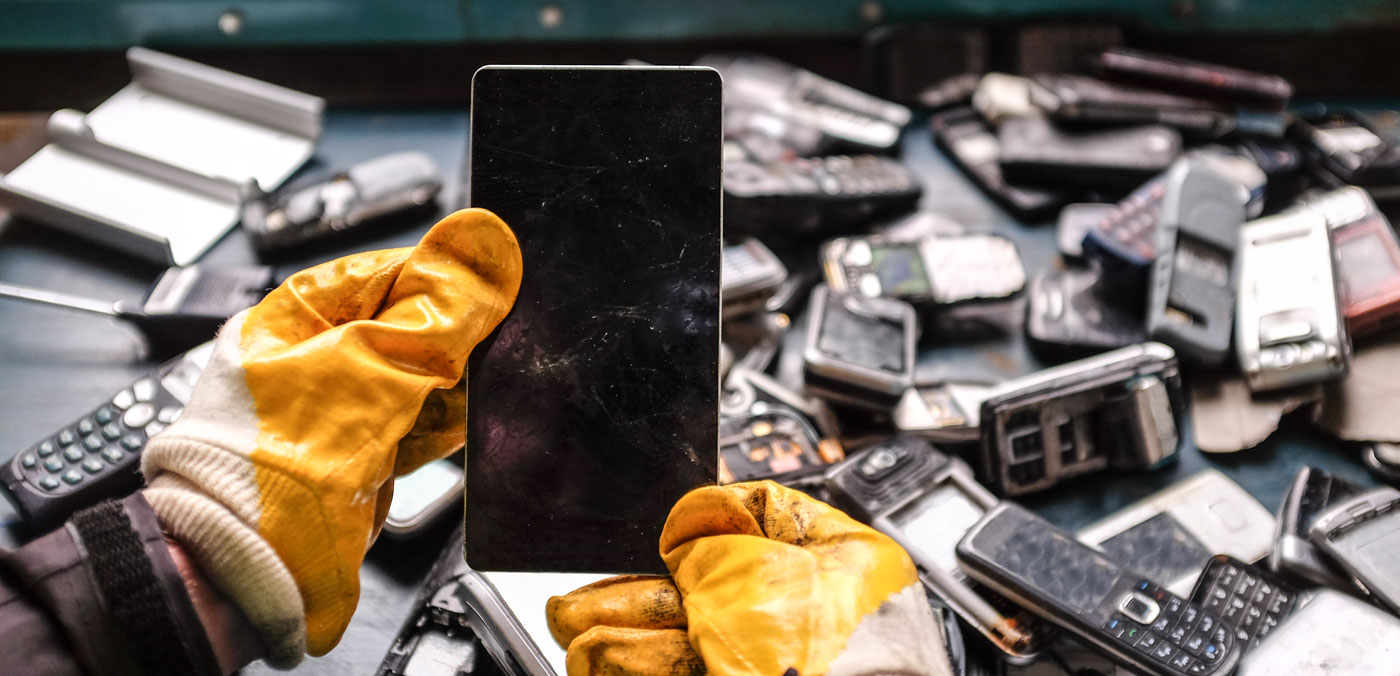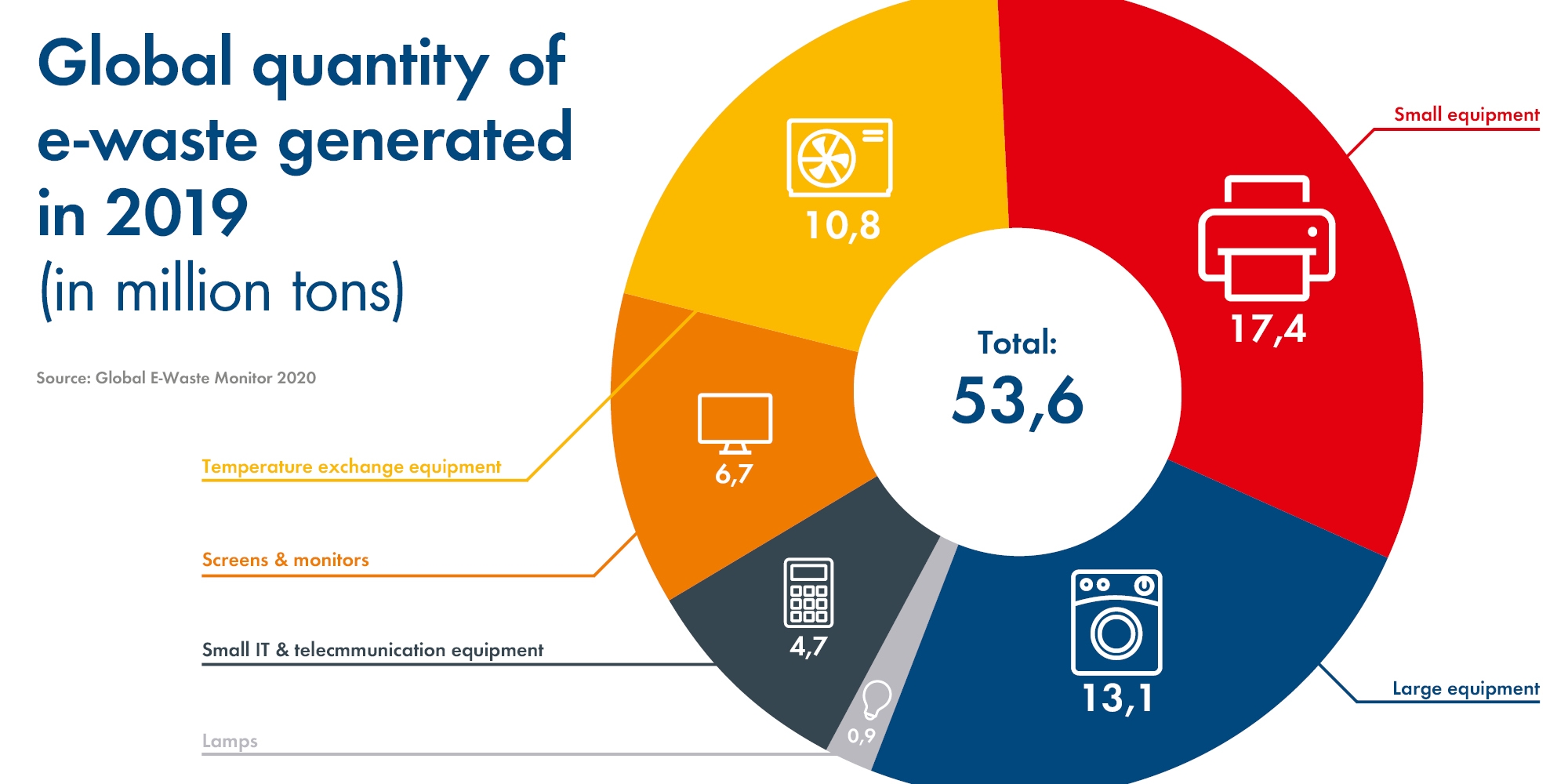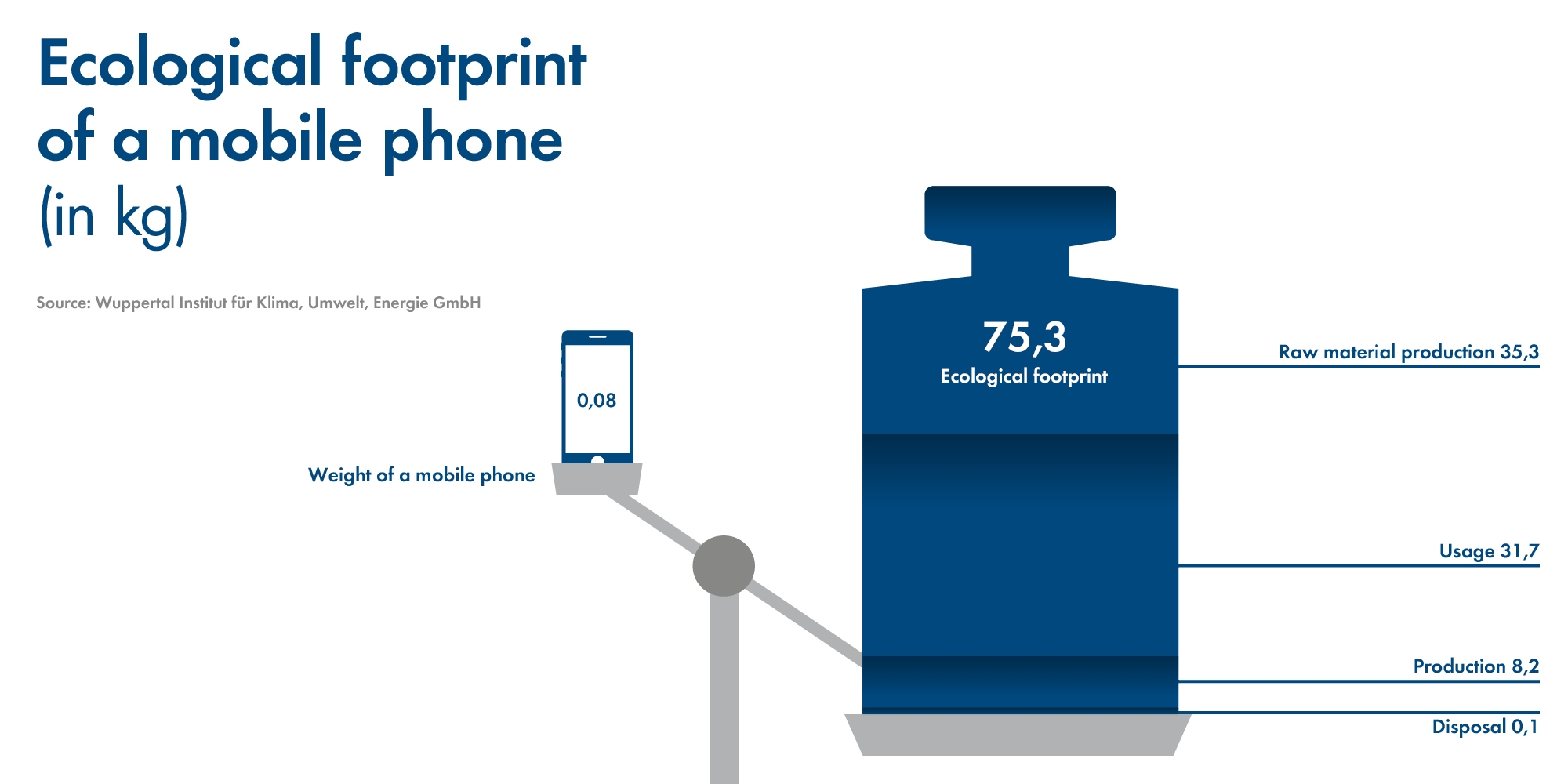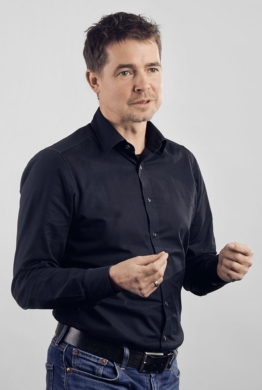Electronic Waste: Recycling Beats Disposal

More than 53 million metric tons of electronic waste were accumulated worldwide in 2019. That is equivalent to 100 times the weight of the world’s tallest skyscraper, the Burj Khalifa in Dubai. This is one consequence of rising consumption, the gradual digitalization of our lifestyles and the diminishing service lives of electrical appliances. But besides materials that are harmful to our health and the environment, electronic waste also contains valuable raw materials that can be sustainably reused.
Currently, only around 17 percent of the electronic waste accumulated worldwide is recycled each year. The rest is mostly either dumped at landfill sites or incinerated. Sometimes it disappears via dubious routes and is sold via intermediaries to countries where the disposal standards are very low.
There are many good reasons to minimize the amount of electronic waste and increase the recycling rate. One important aspect is the risk posed to health and the environment. Electronic waste can contain highly toxic substances. Some devices contain mercury, lead, cadmium, arsenic or beryllium. Incinerating these materials instead of disposing of them properly can result in serious harm to health. We are familiar with the images of children from developing countries that burn our electronic waste in order to get to the valuable materials.
Recycling is worth it
However, at the same time, electronic waste contains many valuable materials. By way of illustration, these are the quantities of valuable raw materials contained in one million cellphones: around 35 kg of gold, around 350 kg of silver, around 15 kg of palladium and around 15 kg of copper.
So it is worth using the many valuable materials found in waste to manufacture new electronic components. That reduces not only the amount of waste, but also demand for raw materials. And let us not forget that raw material extraction often has negative effects on the environment and human health. Thus, recycling also protects sensitive ecosystems, reduces the amount of energy consumed in the transportation of raw materials and prevents human rights abuses in newly industrialized countries.
Recycling starts with product design
As consumers, what we do with our electronic devices after utilizing them is in our own hands. However, it is at least as important that manufacturers are also aware of their responsibility. And that begins right from the design of the electronic devices. That is because the point at which the device becomes electronic waste and how the materials it contains can be recycled are determined at this early stage.
The average cell phone is used for around 18 months.
Even if such a thing as planned obsolescence, meaning devices breaking down after a short useful life, is not permitted by law, some providers even incorporate precisely this sort of thing in their strategy. Consumers then frequently think that they are buying devices at particularly favorable prices. Buying high-quality products that last longer as a result is clearly the better alternative. This is because in this case, the manufacturers focus on counteracting resource wastage by extending the useful life.
This is a crucial aspect for SMA. The quality and longevity of inverters are taken into account right from the design stage. After all, the calculation is very simple: devices that can be used for twice as long mean that only half as much electronic waste is generated.
Another important topic is reparability. Today, many products can no longer be repaired at all. This means that when they suffer even the most minor damage, entire devices often have to be thrown away.
Reparability means that companies are responsible for designing their products in such a way that they can be easily repaired and maintained. This is an important point that SMA also takes to heart. For many years, we have been taking faulty inverters back, repairing them where possible and putting them in our warehouse with replacement devices. In turn, this ensures that customers immediately receive a recycled replacement device if service is needed. In addition, SMA is increasingly offering assembly replacement on-site. This avoids the need to dispose of entire devices. Only the defective component is replaced.
Design for Recycling
If products are designed such that repairs can easily be carried out, they can also be recycled more easily after use. This is referred to as design for recycling. SMA has set itself some ambitious targets in this regard. For example, 90 percent of the components in each of our products is to be recyclable by 2025. At the same time, we are working on steadily increasing the percentage of secondary raw materials that we use in our inverters – and reducing the percentage of critical materials. After all, they are not only questionable in relation to the production and use of electronic devices. Obtaining and disposing of these materials is also problematic. They often prevent components from being recycled. This means that they conflict with our aim, which is to return as many materials as possible to the material cycle as secondary raw materials once our inverters reach the end of their useful lives.
And what can I do?
- Any device that is equipped with electronics in any form does not belong in the household waste but should go to a recycling center. Disposal is free of charge there. Workshops for people with disabilities often accept electronic devices, too.
- You can donate old electronic devices. There is a variety of organizations that collect old cell phones, for example, and then use the proceeds to support environmental projects.
- Old electronic devices do not belong in drawers or in the attic.
- Opt for durable, high-quality products. In the long term, that is also the most cost-effective way.
- Check whether your broken electronic device can still be repaired. There are repair cafés, for example, that can help with this.
- There are many products, such as children’s toys, with small electronic functions that are not really necessary. Make a conscious decision not to buy them.
Determining for how long we use electronic products and which products we really need is in our own hands. Recycling is important, but it is only the very last step. Up to that point, we should use the product as well and for as long as possible.
You can find more information in the Global Waste Monitor 2020
Find out more about sustainability at SMA on our website.




Hi, Thanks kindly let us know the desired main equipment required to setup electronic waste. Thanks Ravindra
Hello Ravindra,
Please follow the information and links mentionned in the article.
SMA is a leading global specialist in photovoltaic system technology, therefore we cannot support you in your inquiry.
Sunny regards
Christiane
I want to setup recycling plant for e waste pls guide me thanks
Hello Ravindra,
Please let us know what kind of support you are looking for, thank you.
Sunny regards
Christiane